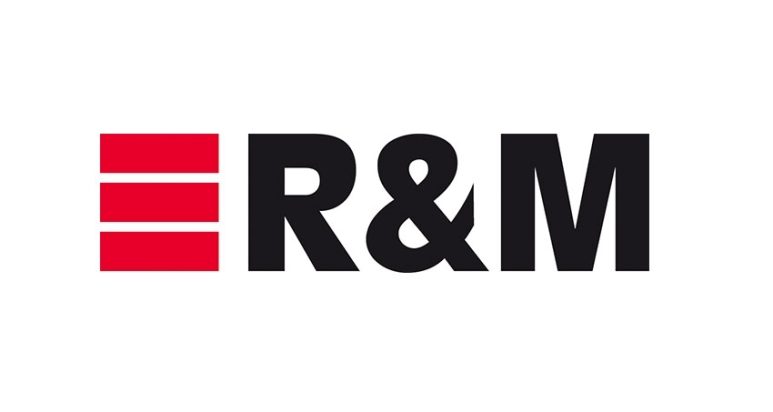To accurately rate the fire behavior of installation cables, and determine whether they can be used legally and safely in specific projects and regions, you need to measure a number of key parameters. Different standards prescribe different approaches to doing this. Therefore, the question arises: is it possible to compare the results of tests carried out using CPR-requested, IEC, or other methods? Often, documents focus on a single methodology, such as CPR classification, but very few actually try to explain what tests really mean and which relation – if any – exists between the various standards…
Fire behavior
Several different aspects determine Cable fire behavior. Some of the key parameters include:
The spread of fire – which can be in an upward, sideward or downward direction – describes the way in which a burning cable supports or prevents fire from spreading, and how effectively it does this.
The self-extinguishing effect describes whether a cable is capable of extinguishing itself if the source of a fire is removed. A self-extinguishing cable doesn’t support the spread of fire in an upward or sideward direction.
Smoke development looks at different aspects of smoke, such as density, acidity, and toxicity. The density and type of smoke that develop during a fire are described. Smoke density and smoke toxicity are a challenge for emergency staff finding people who have been injured or poisoned in a fire. Smoke acidity can severely damage electronic equipment.
The fire load is a value that indicates how much energy a burning cable could contribute to keeping a fire blazing.
Test methods
Which factors are typically examined in cable fire tests?
Flame propagation of single cables, as described in standards such as IEC 60332-1 / -2; UL1581 §1060, 1080, 1100, rates the self-extinguishing effect of a cable, as well as the spread of burning drops and sparks falling from the burning cable. These travel through the air and contribute to the upward and downward spread of fire.
Flame propagation of cable bundles as described in standards such as IEC 60332-3-xx; UL1582 §1160, rates the self-extinguishing effect under realistic fire conditions, incorporating factors such as heat and air circulation. The self-extinguishing effect after removing the fire source is also examined.
Smoke development of cable bundles as described in standards such as IEC 60754-1 / -2 rates the horizontal cable spread, development, and type of smoke in terms of acidity and toxicity.

A closer look at the relationship between CPR, IEC, and other international standards
All manufacturers and distributors supplying cable products into Europe fall under the Construction Products Regulation (CPR) requirements for ‘reaction to fire requirements’. CPR is exclusively applicable to Europe. In essence, this is a single combined test that examines a variety of fire behavior features. Each EU member state has to define the minimum fire class required for the different applications, which means requirements can differ significantly throughout Europe.
IEC, and other international standards, are valid everywhere in the world. These tests look at one or a few particular types of fire behavior. Cables that have passed UL Fire Standard testing, for example, have a performance verification mark on the cable jacket.
So can we make direct comparisons between the results of various test methods? If you want to compare the results of CPR testing with IEC testing, for example, or would like to compare IEC rest results with UL measurements, you need to remember that, although the test methods are quite similar, the details of the approach vary to a significant degree. For example, cable bundle height could be very different, of the duration of an active fire source, or the way in which airflow is factored in. Each of these factors has a marked effect on the end result.
Therefore, a direct comparison is not possible as there are so many variables to take into account. When you want to compare two product options, take care to determine which quality standards were used.
Find out more about the fire performance of cabling: https://www.rdm.com/sites/Fiber-Optic-Cable














Leave a comment